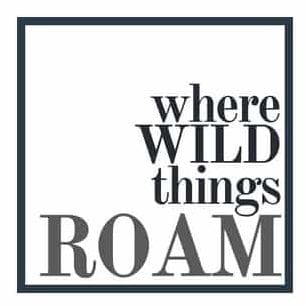Australia’s Big Ocean Days Out
Throughout the year, around the coast of Australia, several significant marine life events take place. The events, which attract thousands of participants, are usually centred around one thing: survival. Whether that’s aggregating to breed, feed or get it on.
From the world’s largest aggregation of giant cuttlefish in Whyalla to the world’s biggest orgy on the Great Barrier Reef, here are our top 4 marine events in Australia.
1. Red Crab Migration (plus bonus whale sharks)

Where: Christmas Island, Australia’s Indian Ocean Territories
When: November to December
Every year on Christmas Island, at the onset of the wet season, approximately 60 million red crabs leave their forest homes and migrate to the shoreline to mate and spawn. This huge migration all but shuts the entire island down, with many roads closed, and an elaborate system of crab tunnels (and even a bridge) diverting crabs away from the main roads.
In the morning and late afternoon around the last quarter of the moon, the egg-laden females descend from the terraces to the shoreline. They pack into shaded areas above the waterline at densities of up to 100 per square metre in places. The females usually release their eggs into the sea toward dawn, around the turn of the high tide.
BONUS: The release of several billion crablings attracts migrating whale sharks, who visit here each year between November and April for a feast.
2. Giant Cuttlefish Aggregation

Where: Whyalla, Eyre Peninsula, South Australia
When: May to August
These ‘chameleons of the sea’ are one of the largest species of cuttlefish found, reaching up to 60cm in length and weighing up to 5kg. The migration by these creatures to these waters is for the sole purpose of spawning. Every year they come in their tens of thousands to mate and reproduce, in the process creating an amazing spectacle of cunning games, predation, underwater light shows and colourful kaleidoscopic displays.
It is believed they congregate here in such large numbers as it is the only area in the vicinity with rocky ledges suitable to lay eggs.
3. Spider Crab Aggregation

Where: Port Phillip Bay, Victoria
When: May or June
Unsurprisingly, crabs without fully formed shells are vulnerable to predators. So instead of facing that danger alone, they tend to moult together in a sheltered area. In the case of the crabs of Victoria’s Port Phillip Bay, the moulting animals don’t just huddle up—they pile up sometimes 10-deep. In this vulnerable state, the crabs attract a feeding frenzy. According to Parks Victoria’s chief conservation scientist Dr Mark Norman;
“Usually within a couple of hours of shedding they’re just firm enough to be able to start walking. But while they’re at their most vulnerable, it is a feeding frenzy for predators like cormorants, pacific gulls, octopus and stingrays.”
Only when the full moon approaches, does it become clear whether to head to Rye, Blairgowrie, St Leonards or Queenscliff to witness this natural phenomenon.
4. Coral Spawning on the Great Barrier Reef

Where: The Great Barrier Reef
When: Mid to late-November
One of the most spectacular events to occur on the Great Barrier Reef is the annual synchronised spawning of corals. In simple terms, coral spawning is the reef having sex. Coral polyps simultaneously release egg and sperm bundles that they’ve spent months growing into the ocean for external fertilisation. This happens in a mass event annually often affectionately named the world’s largest orgasm on the world’s largest organism.
During this time the Great Barrier Reef is transformed into an underwater spectacle resembling the inside of a snow globe.
5. Minke Whale Winters

Where: Ribbon Reefs and Agincourt Reef, Northern Great Barrier Reef
When: Mid-June to mid-August
Dwarf minke whales visit the northern Great Barrier Reef between June and August each year, forming the only known predictable aggregation of these whales in the world. In fact, it’s the only place in the world where you can don mask and snorkel in warm tropical water, and swim with dwarf minke whales.
The extroverts of the whale family, they are incredibly inquisitive and often approach boats and snorkelers, sometimes interacting for extended periods. An encounter with one of these gentle giants is a life-changing moment, a moment you’ll remember for years to come.






